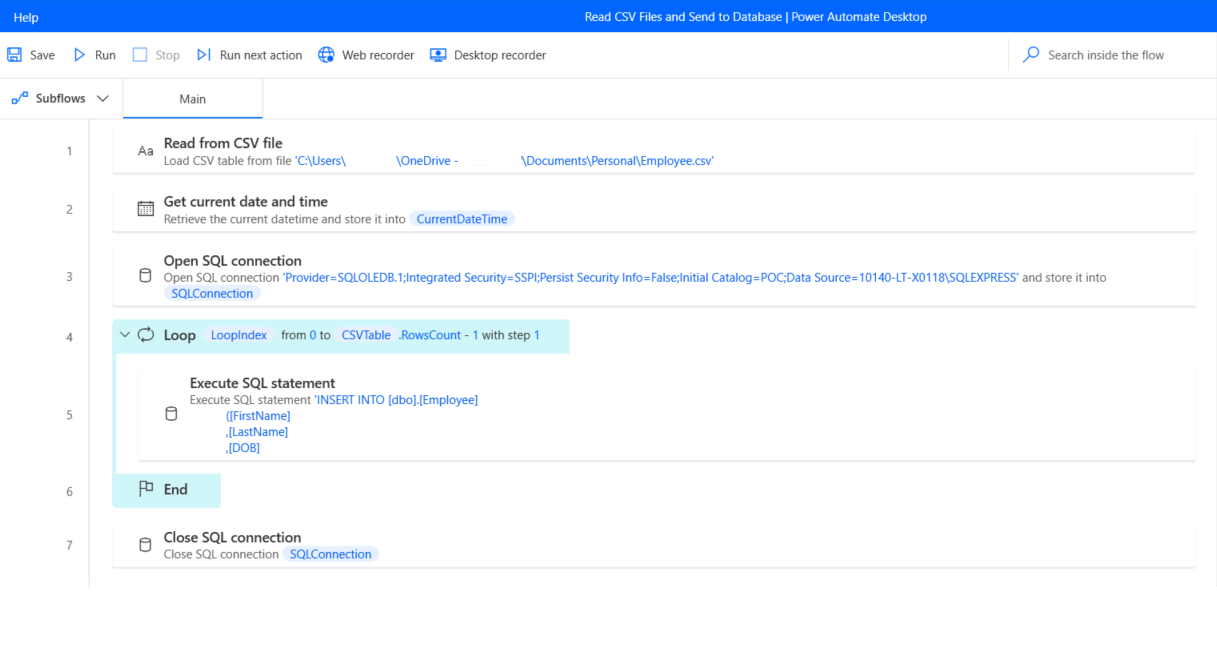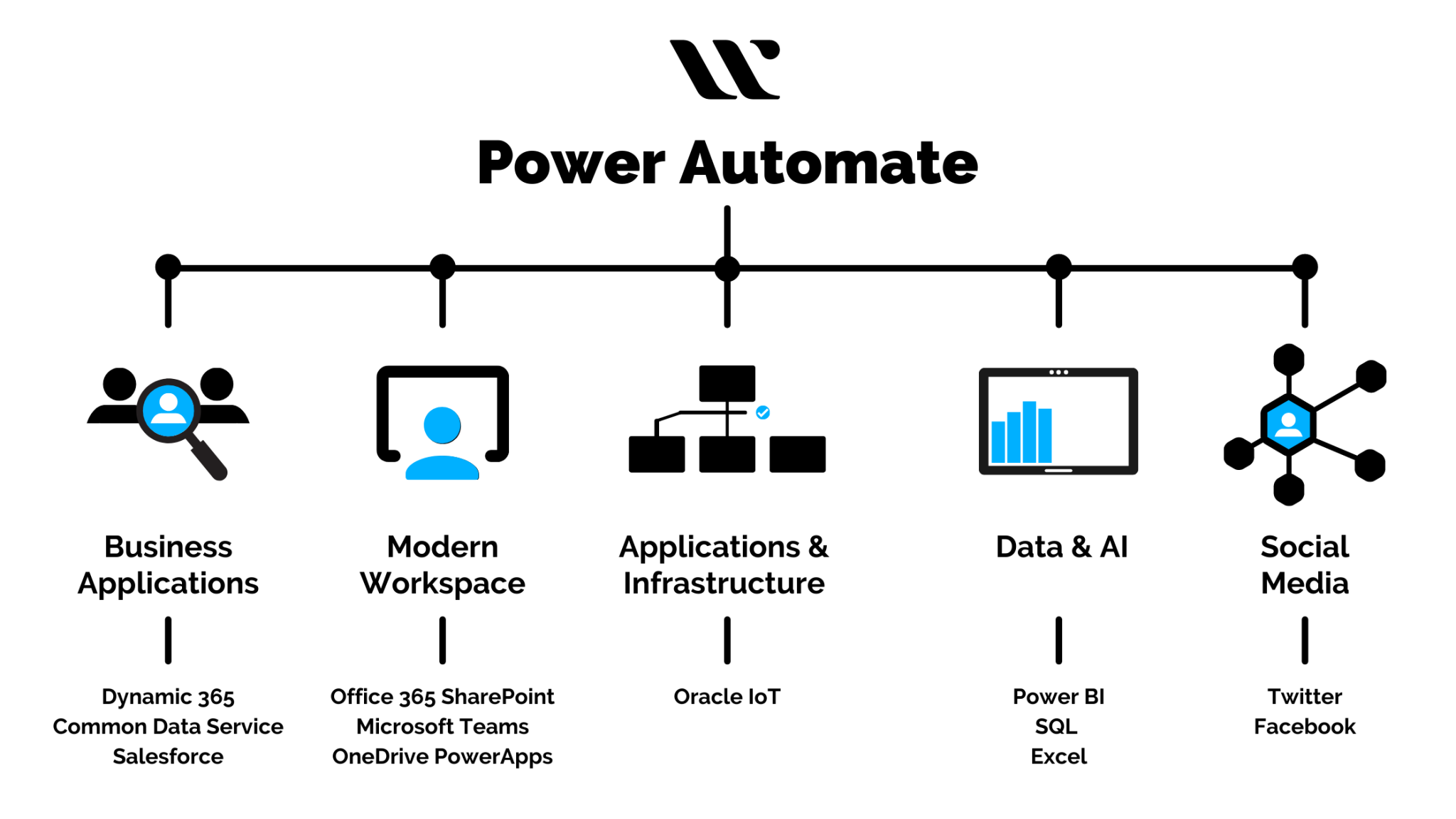
In my opinion, UI/Web elements > Send Keys > Images/OCR. I have the same monitors at both work and home, and 50% of the image based actions still fail, because most remote access programs modify on screen text to help speed up the connection. Image based actions work phenomenally well if you are on the computer with the monitors that you made them on otherwise, it will typically result in complete failure. We can talk more about OCR another time, but most of the time you have to use the multiplier, and the higher the multiplier, the slower it is. Unfortunately, the OCR functionality, as of the time this is posted, is just too cumbersome. Other actions to avoid include anything with OCR and images. "Wait for element" or "Wait for window" can be much more effective to help speed things along while avoiding erring out the flow for trying to take an action to early. While "Wait" has it's place, it should always be used as a last resort, or when you know the wait can be set to 1 (second), such as in between "Send Keys." Instead, look for other items you can wait on. WAIT (File.Created File: $'''\\\\C:\\Reports\\JohnCashUG.xlsx''') NĪ lot of new developers will use "Wait" (in # of seconds) actions to move from action to action or window to window. That's fine, but what if the old file doesn't exist? We can solve that logic too: IF (File.Exists File: $'''\\\\C:\\Reports\\JohnCashUG.xlsx''') THEįile.Delete Files: $'''\\\\C:\\Reports\\JohnCashUG.xlsx'''

In order to solve this, we can delete the old file, and use "Wait for file to be created" to trigger the next step in our flow. Too long, we waste more time, and too short, we pull the wrong (old) report into our macro. We do not want to create a guessing game on how long the computer needs to wait before running the macro. Since the macro always references the same exported report file, the reports pulled have the same name and overwrite an existing (old) report in the report folder. 90% of my flows are 1) pull the report from the system, 2) open the macro workbook and run the macro to manipulate the report in Excel. One example of this is pulling a new report from the system to be used later. With that being said, a few extra steps during a flow can save a headache of troubles down the road.

A few extra steps can go a long way to ensuring that a flow works correctly. When creating a flow, we have to think like the computer understanding its structure.

The more we can eliminate human error, the more accurate our processes will be. The mere fact that a computer is pulling, manipulating, and rewriting data gives a presence reduces human interaction. However, not all RPA's benefits come from speed.

After all, it is one of the reasons we started automation in the first place.


 0 kommentar(er)
0 kommentar(er)
